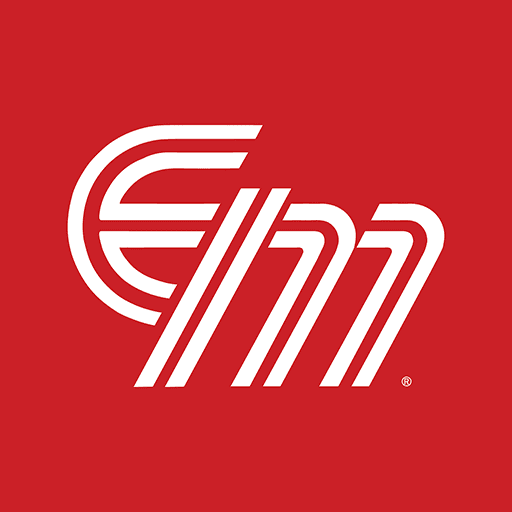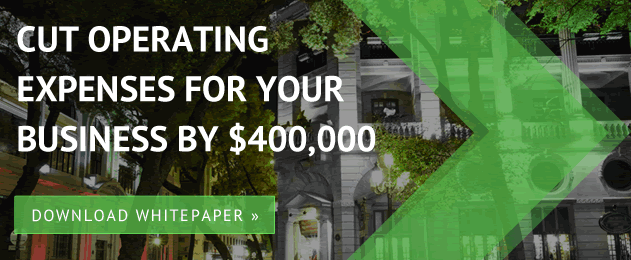The financial business case for large public corporations and smaller private businesses to upgrade their existing lighting systems to LED lighting technology has become so compelling that companies must examine their strategies in this area.
Any business that is not actively pursuing an LED lighting upgrade should be questioning the fiscal responsibility of their financial operatives. Consider the following arguments for this financial approach to improve bottom line profitability performance improvement with an LED lighting upgrade implementation strategy.
Energy Savings of LED Lighting
The energy savings alone can deliver a simple return on investment of under two years in many cases.

Parking lot and outdoor area lighting projects typically deliver an ROI of 2-3 years depending on the cost of energy, available rebates, and wattages being used.
High bay indoor factory applications for industrial warehouses or parking garage applications where lighting is often needed 24 hours/day, 7 days a week can deliver ROI’s in the 1-2 year time frame.
An LED light typically uses one half to one third of the energy of traditional High Intensity Discharge (HID) lighting. A 1000 Watt HID light fixture can typically be replaced with a 300 Watt LED light fixture. A 250 Watt HID light can usually be replaced with a 90 Watt LED light. Here is a link to an ROI calculator to calculate your application.
 In addition to consuming less energy the LED lights have individual lensing over each LED. This allows for a highly controlled lighting pattern that puts the light where it needs to be resulting in more efficient light distribution. This often allows for a reduction in the amount of light fixtures needed with a more consistent light coverage. Typically a 10 –20 % reduction in the number of light fixtures can be obtained with a properly designed LED light retrofit installation. The color of LED light closely replicates outdoor light resulting in much higher quality of light perception to the employees and users of the lighted space. Another energy benefit that is often not even in ROI calculations is the reduced amount of heat generated by the LED light fixture which can result in significant air conditioning cost reductions as well.
In addition to consuming less energy the LED lights have individual lensing over each LED. This allows for a highly controlled lighting pattern that puts the light where it needs to be resulting in more efficient light distribution. This often allows for a reduction in the amount of light fixtures needed with a more consistent light coverage. Typically a 10 –20 % reduction in the number of light fixtures can be obtained with a properly designed LED light retrofit installation. The color of LED light closely replicates outdoor light resulting in much higher quality of light perception to the employees and users of the lighted space. Another energy benefit that is often not even in ROI calculations is the reduced amount of heat generated by the LED light fixture which can result in significant air conditioning cost reductions as well.
LED Lighting Maintenance Savings

LED lights are solid state with no filaments or trapped gasses which gives them extremely long life. LED’s typically do not burn out but gradually over time just get dimmer. LED’s can be expected to be operating at above 70% of their initial output for 100,000 to 200,000 hours of maintenance free operation, Operating at 24/7 this is 11.4 to 22.8 years of operation. A typical LED light fixture will come with a 5 year warrantee. Typical HID light fixtures will last anywhere from 15,000 to 30,000 hours of life and the light depreciation happens much more quickly than that of LED lighting. The end result is that the HID light fixture will be replaced several times over during the life of the LED light fixture. Maintenance labor and replacement fixture costs are greatly reduced with LED lighting.
Productivity Gains of LED Lighting
The productivity gains with LED lighting are just now becoming apparent and may be much more significant in ROI improvements than the readily apparent energy and maintenance savings. A 2010 Study from the University of Michigan titled “Effects of Four Workplace Lighting Technologies on Perception, Cognition, and Affective State” identified an 8.34% improvement in work performance at visual and cognitive tasks with the introduction of LED lighting. A second study by “Building Investment Decision Support for Six Energy Efficient Lighting Retrofits” found a 33% improvement in mood ratings with LED translating to a 5.76 work efficiency increase. Additional studies are underway as the move to LED lighting is being rapidly implemented which will result in much more data over time.
Corporate Citizenship
Although hard to quantify in simple ROI terms the societal movement that “Green” is no longer just a color but a requirement of individuals and corporations. LED’s have tremendously positive environmental considerations as follows:
- Lower energy usage – reduced carbon footprint.
- Black sky friendly – light is directed downward with virtually no upward leakage (notice this the next time you fly at night, the LED lighting installations are easy to pick out as you see light on the ground but no spots of light visible to you in the air)
- No neighborhood encroachment of light – neighbors are not bothered due to the directed nature of LED lighting. The light is directed to where it is needed and not into your neighbor’s bedroom window.
- Recycling ability - LED’s contain no environmental gasses or chemicals
- Safety – Replacing lighting up in the air every 2-3 years can result in shock and fall hazards. The minimal maintenance of LED lighting mitigates this safety risk
Control Systems - Smart LED's
Due to the intelligence built into LED power supplies, LED lights can be dimmed as needed and in conjunction with motion detectors even more energy can be saved by dimming down lights when the area is unoccupied or when daylight harvesting is available. This results in even greater ROI improvement. See how a Michigan Auto Dealer upgraded to LED's and used the 'Smart LED' approach.
Peripheral infrastructure improvements
Many times infrastructure improvements unrelated to LED lighting can be accomplished in conjunction with an LED lighting project. For example your plant may need a new compressor or HVAC system that is on its last legs. ROI justifications may not allow for this to happen on its own as it may be a 7 – 10 year ROI. Lumping this upgrade in with an LED lighting upgrade that has a 1-2 year ROI may result in an overall project ROI of 3-4 years which may meet corporate funding standards. These improvements can often qualify for financing under newer PACE (Publically Assessed Clean Energy) financing.
In conclusion the financial returns are tremendous for LED lighting upgrades with no identifiable downside. The cost of waiting to do these projects is high and should be understood for each individual application. LED lighting is no longer new technology and is being aggressively adopted by small business owners and corporations that are educated as to the benefits and attractive ROI’s that can be realized with LED retrofit projects.


